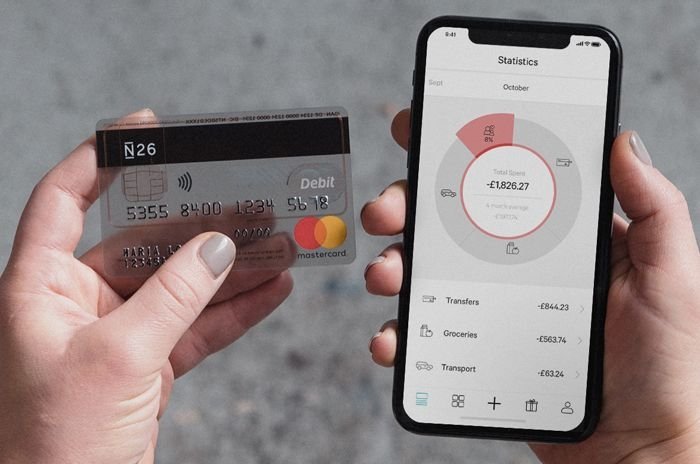*By Ricardo Calfat, country manager of BioCatch in Brazil
Online crimes have been growing as the use of technology increases, and they already occupy a large space in discussions about ways to prevent fraud in general. According to a survey carried out by the National Confederation of Shopkeepers (CNDL) and the Credit Protection Service (SPC Brasil), 59% of Brazilians have been victims of some type of financial fraud in just the last few months.
One of the ways for the financial institution to identify and prevent account theft is behavioral biometrics, which analyzes the way a person interacts with their electronic device, based on physical and cognitive interaction. This means of observation ensures a high level of trust around the authenticity of the user in an electronic transaction.
Additionally, for account openings where there is no specific user history, behavioral biometrics purchase specific handling attributes to determine whether they are associated with known genuine or fraudulent patterns. This ongoing analysis helps companies keep up with the rapid evolution of cybercrime attacks – and prepare to prevent such scams.
Here I share the main methods available for companies to be able to identify and prevent fraud in the virtual environment:
Data analysis – In general, people know their own information very well and will enter it in a different way than a criminal, who uses a combination of true and false information to apply financial scams, such as applying for credit cards and opening digital bank accounts.
Form Fill Analysis – Each form is a little different from the next. So, if the user seems very familiar with the application process, it is a sign that they may be a fraudster, as criminals need to work quickly and often fill in the same form several times, revealing their familiarity with the questions.
Age Analysis – Keystrokes, finger swipe patterns, and other behavioral activities can predict a user’s age range in a statistically significant way. Thus, a company can identify that a person who claims to be 50 years old is actually 20, by analyzing behavior patterns.
It is essential that companies focus their efforts on fraud prevention, as it is already known that the costs to remedy possible cyber crimes are extremely high. In addition, episodes of attacks can damage the image and reputation of companies. Therefore, the continuous collection of behavioral data is a great ally in the fight against such episodes, as it helps to generate real-time risk scores, through perceptions and patterns, to prevent fraud well before it happens.



